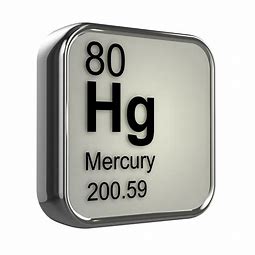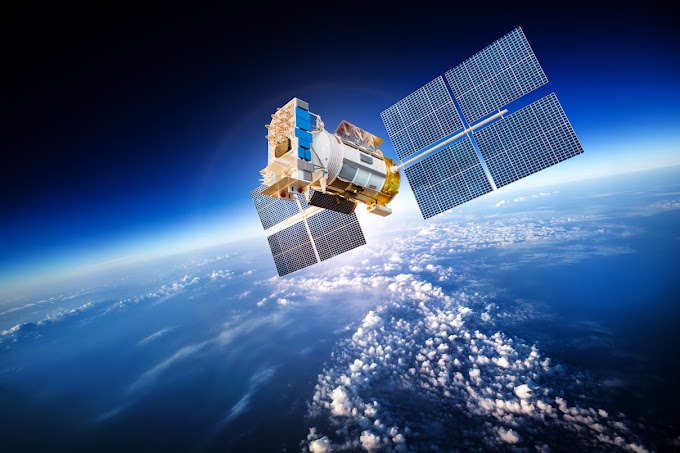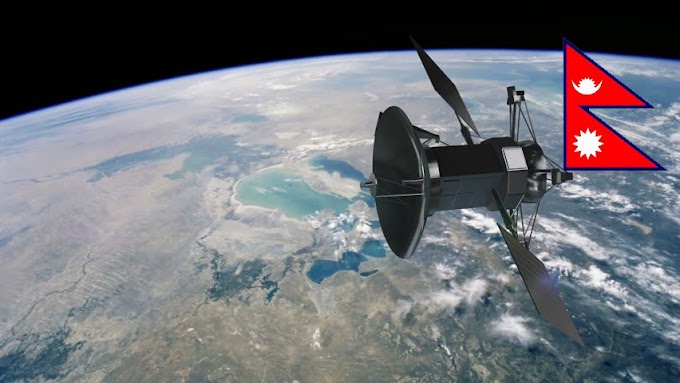About Spacecrafts
A spacecraft is a vehicle or machine designed to fly in outer space. A type of artificial satellite, spacecraft are used for a variety of purposes, including communications, Earth Observation , meteorology, navigation, space colonization, planetary exploration, and transportation of humans and cargo. All spacecraft except single stage to orbit vehicles cannot get into space on their own, and require launch vehicles (carrier rocket).
Although
early conception of flights usually depicted streamlined spacecraft,
streamlining has no particular advantage in the vacuum of space.
Actual vehicles are designed with a variety of shapes depending on the mission.
The first spacecraft, the Soviet Union's Sputnik 1, was launched
on October 4, 1957; it weighed 83.6 kg (184 pounds). It was soon followed by
other unmanned Soviet and U.S. spacecraft and, within four years (April 12,
1961), by the first manned spacecraft, Vostok 1, which carried the Soviet
cosmonaut Yuri Gagarin. Since then, numerous other manned and unmanned
craft have been launched to increase scientific knowledge, augment national
security, or provide important services in areas such as telecommunications and
weather forecasting.
Spacecraft require an onboard source of electrical power to
operate the equipment that they carry. Those designed to remain in Earth orbit
for extended periods generally use panels of solar cells, often in conjunction
with storage batteries. The shuttle orbiter, designed for stays in space of one
to two weeks, uses hydrogen-oxygen fuel cells. Deep Space Probes such as
the Galileo spacecraft that went into orbit around Jupiter in
1995 and the Cassini spacecraft launched to Saturn in 1997 are usually
powered by small, long-lived radioisotope thermoelectric generators, which
convert heat emitted by a radioactive element such as plutonium directly into
electricity.
Crazy Mind
Thankyou for reading.






















Thankyou for your comment ❤️